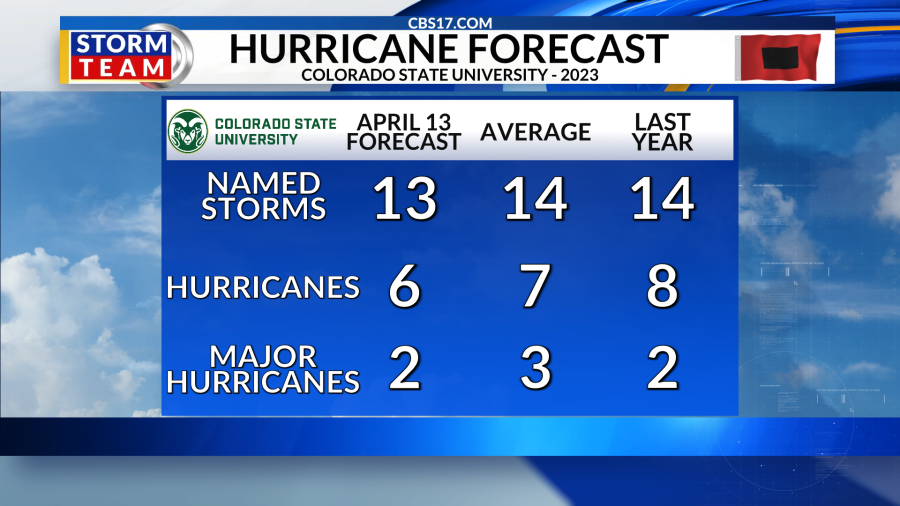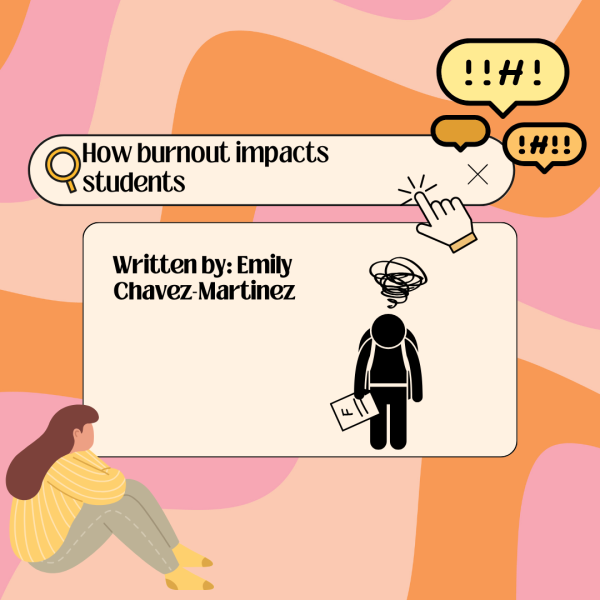Here is the 2023 Atlantic Hurricane Season Outlook provided by Colorado State University (or CSU)!!
Long-range forecasters say the upcoming season, which starts on Thursday June 1st, 2023, could likely be similar to the 2022 hurricane season.
Meteorologists recently put the final touches on their initial forecast for the upcoming Atlantic hurricane season, and they are emphasizing that preparations should begin in earnest even though the official start date is two months away.
Mother Nature threw a bit of an atmospheric curveball in 2022 despite the presence of a moderate to strong La Niña. The Atlantic generated no named storms in August, but three hurricanes roamed the basin in November. The overall number of named storms was 14, which is both average and a much lower number than what both the prolific 2020 and 2021 seasons had produced.
So what does 2023 have in store? Well, according to our weather team of tropical weather forecasters, it will be less active than the majority of seasons since 1995 and may also feature a similar number of storms when compared to 2022. But that doesn’t mean there won’t be any dangers.
Current projections indicate that the 2023 season will be near the historical average with 11-15 named storms. Four to eight of those named storms are expected to reach hurricane strength, with one to three of those hurricanes achieving major hurricane status. A major hurricane is one that has maximum sustained winds of 111 mph or greater and is rated 3-5 on the Saffir-Simpson Hurricane Wind Scale.

But based on the 30-year average from 1990 to 2020, a typical hurricane season consists of 14 named storms, seven hurricanes, three major hurricanes and four direct impacts on the U.S.
The 2023 forecast was crafted meticulously and took a number of critical environmental factors into account. A few of the factors that will influence the season include the expected transition to El Niño, sea surface temperatures in the tropical hotbeds of the Atlantic and the strength of a wind pattern over Africa known as the African easterly jet. Continue reading for a comprehensive analysis of how the season is expected to play out and why.
Will this year be an intense season?:
Accumulated cyclone energy (ACE) is a way to measure a tropical cyclone’s intensity as well as its longevity. Adding up every storm’s ACE value can help meteorologists define the season as a whole. An average value for any given season is between 80 and 130 ACE units.
Some seasons that have more named storms can end up having lower overall ACE values than those with fewer storms. For instance, although 2020 had more named storms on record than any other with 30, its ACE value of 179.8 was lower than years such as 2017 (224.9) and 2005 (245.3), according to Colorado State University figures. The 2005 season had 28 named storms, and the 2017 season had 17.
Maybe. We are calling for a total ACE between 75 and 105 this year.

Hurricane safety plans should be made now, not in June:
Experts emphasize that it’s never too early to organize a hurricane-safety strategy, and it’s not just residents who live directly along the coast that must be mindful. And people living within 100 miles of the coastline should be taking action now too.
Recent studies have found that hurricanes are maintaining their strength for longer periods of time after landfall, causing more significant flooding and wind damage farther inland.
Steps to take toward making yourself as hurricane ready as possible include studying local evacuation routes, organizing an emergency preparedness kit, mitigating opportunities for damage around your property and conducting a checkup on your insurance plans.
Your donation will support the student journalists of Dakota High School. Your contribution will allow us to purchase equipment and cover our annual website hosting costs.

Zachary Veal is a senior at Dakota High School. He is interested in music while playing percussion in his 3rd hour Concert Band class right here at Dakota,...













